- About SmiRac
- Our Services
Integrated Facility Services
Cleaning and Building Maintenance Services
Ground Maintenance
- Who we Serve
- Join Us
- Investor
- Location
- Knowledge Center
Disinfectant & Fogging COVID-19 Services
Disinfectant services involve the application of chemical agents that kill or deactivate microorganisms on surfaces. This helps prevent the transmission of harmful pathogens, including viruses like the flu, common cold, and potentially more dangerous ones like SARS-CoV-2 (the virus responsible for COVID-19).
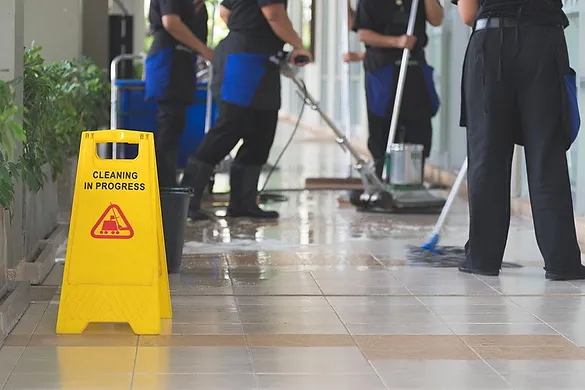
Before applying disinfectants, surfaces should be cleaned to remove dirt, dust, and grime. Cleaning helps improve the effectiveness of disinfection.
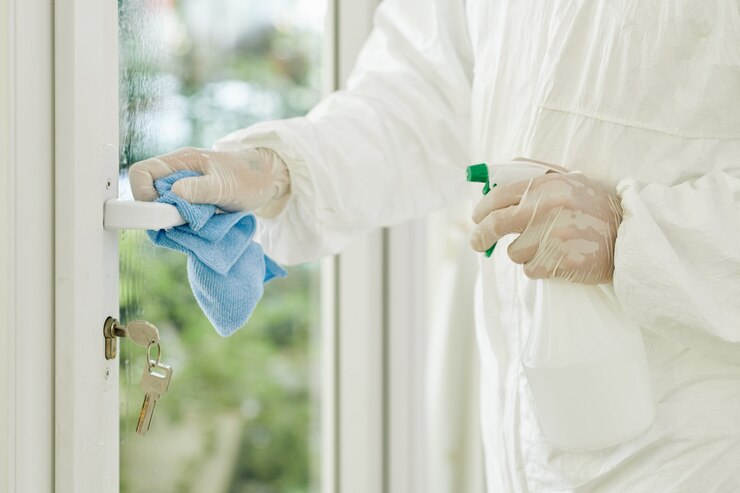
Different disinfectants are formulated for specific types of microorganisms. It’s important to use disinfectants that are effective against the target pathogens.
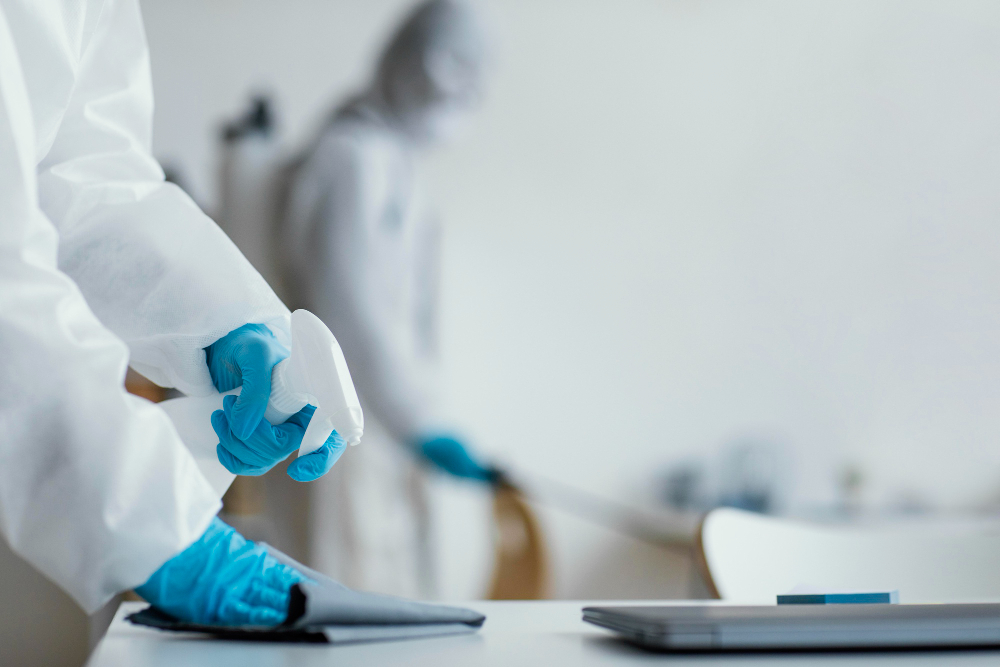
Disinfectants require a specific amount of time (dwell time) to be effective. Following manufacturer instructions for proper application and contact time is crucial.
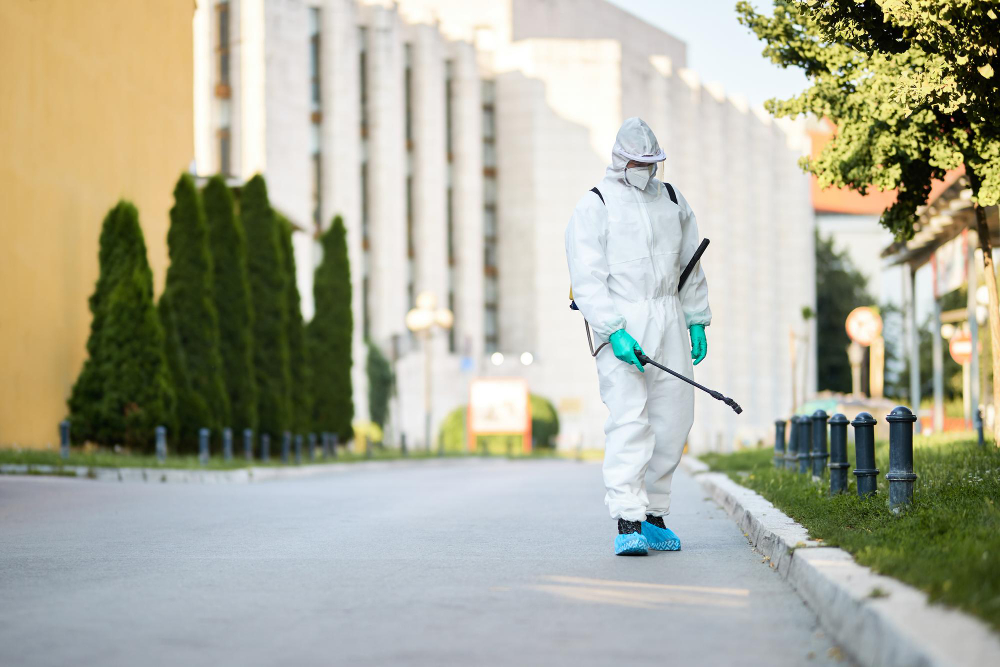
Disinfectants can be applied using wipes, sprays, or electrostatic sprayers. The choice of method depends on the area being treated and the nature of surfaces.

Disinfectants can contain strong chemicals, so it’s important to follow safety guidelines, wear appropriate protective equipment, and ensure proper ventilation during and after application.
Fogging is a method of applying disinfectant as a fine mist or fog, which allows the disinfectant to reach areas that might be difficult to access with traditional cleaning methods. Fogging can be particularly effective in larger spaces or areas with complex layouts.

The disinfectant solution is atomized into tiny droplets using specialized fogging equipment. This creates a mist that can cover surfaces and even penetrate into crevices and hard-to-reach areas.

Fogging provides more uniform coverage compared to manual cleaning methods, which can help ensure that all surfaces are treated.

Fogging is often used in spaces like offices, warehouses, schools, public transportation, and healthcare facilities.
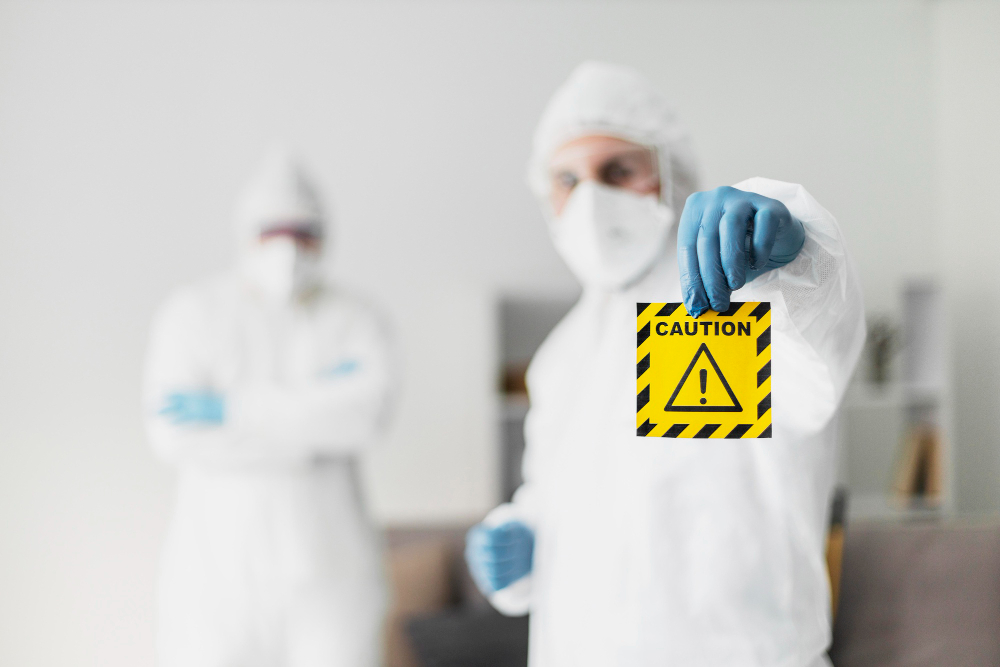
As with any disinfectant application, safety guidelines and appropriate protective equipment should be followed during fogging.

Just like with traditional disinfection, fogging requires a sufficient dwell time for the disinfectant to effectively eliminate pathogens.
It’s important to note that while disinfectant and fogging services are valuable tools in maintaining hygiene, they should be part of a larger strategy that includes regular cleaning, proper ventilation, and adherence to public health guidelines. The choice to use these services should be based on the specific needs and risks of the environment, such as the type of facility, level of foot traffic, and the prevalence of infectious diseases.